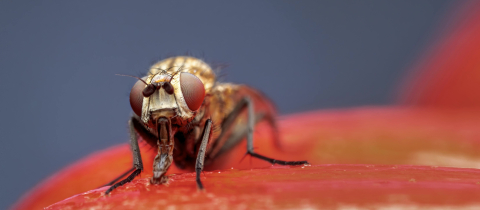Every year upwards of 25 million birds are killed in Canada due to collisions with buildings, communication towers, wind turbines, and as a result of being tangled into marine gillnets. From window decals to flashing lights, humans have tried numerous preventative measures to stop these deaths. Their degree of success depends on the method, the location, and the types of birds in that ecosystem—amongst many other factors—and results are highly variable.
What may seem like benign interventions that—at worst—just won’t work, actually have the capacity to do harm. As an example, In Peru, bycatch (i.e., accidental catch) of Guanay Cormorants was reduced more than 80% after researchers attached green lights to gillnets. At the same time, bycatch of Peruvian Boobies increased. Possibly due to the boobie’s attraction to the lights.
Similarly, when researchers set out to the Baltic sea to compare the effects of attaching light panels, constant green lights, or flashing white lights to gillnets on sea birds (in particular the Long-tailed duck, a vulnerable species) they found that the nets with flashing white lights caught more ducks than the normal, non-illuminated ones.
One approach that is so far quite promising involves using giant looming googly eyes.
As silly as it sounds, evidence from studies performed in France and Estonia, show that birds actively avoid an area containing wide pupiled eyes that “loom” (i.e., appear to get bigger).
These growing images of eyes represent what researchers call a “superstimulus”—a stimulus that inspires a greater, more exaggerated response in animals than the natural stimulus would. In the case of the googly eyes, it’s believed to scare birds by simulating an impending collision. As Henry et. al. eloquently wrote, “most species flee when an object approaches directly and quickly”.

Image Source: https://royalsocietypublishing.org/doi/epdf/10.1098/rsos.210225
While the looming googly eye method did not increase the number of any birds around the test locations, that doesn’t mean that it’s the magic solution for all situations. From the above-mentioned research, we know that long-tailed ducks, raptors (birds of prey such as falcons and owls) and corvids (e.g., crows, ravens, jays and magpies) are susceptible to googly eye fright; but that waders (shorebirds like plovers and snipes) and most songbirds are not.
Although they all have wings and feathers, in the other parts of their physiology birds can differ massively from each other. On the spectrum of visual acuity, at one end are falcons, that can see a 2 cm object from 18 m above. On the other end are Canada geese, who have some of the worst eyesight in the bird world (which is to say they still see much better than most non-bird animals!). Some birds rely more on sound than others, and a select few use smell as well. The wide variety of birds makes it highly likely that multiple preventative measures will be needed to target different species. On the other hand, the diversity of birds may allow us to repel only those that need repelling, without disrupting the important activities of other species.







